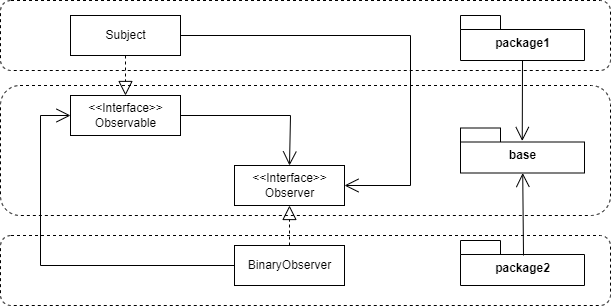I was checking this example of Observer Pattern.
https://www.tutorialspoint.com/design_pattern/observer_pattern.htm
It seems that there is a circular reference when Observer Pattern is used.
import java.util.ArrayList;
import java.util.List;
public class Subject {
private List<Observer> observers = new ArrayList<Observer>();
private int state;
public int getState() {
return state;
}
public void setState(int state) {
this.state = state;
notifyAllObservers();
}
public void attach(Observer observer){
observers.add(observer);
}
public void notifyAllObservers(){
for (Observer observer : observers) {
observer.update();
}
}
}
public class BinaryObserver extends Observer{
public BinaryObserver(Subject subject){
this.subject = subject;
this.subject.attach(this);
}
@Override
public void update() {
System.out.println( "Binary String: " + Integer.toBinaryString( subject.getState() ) );
}
}
I am not posting all the other code, but from the initial look it seems that such design will almost always have a circular reference. Am I misunderstanding anything here?
Thanks,



